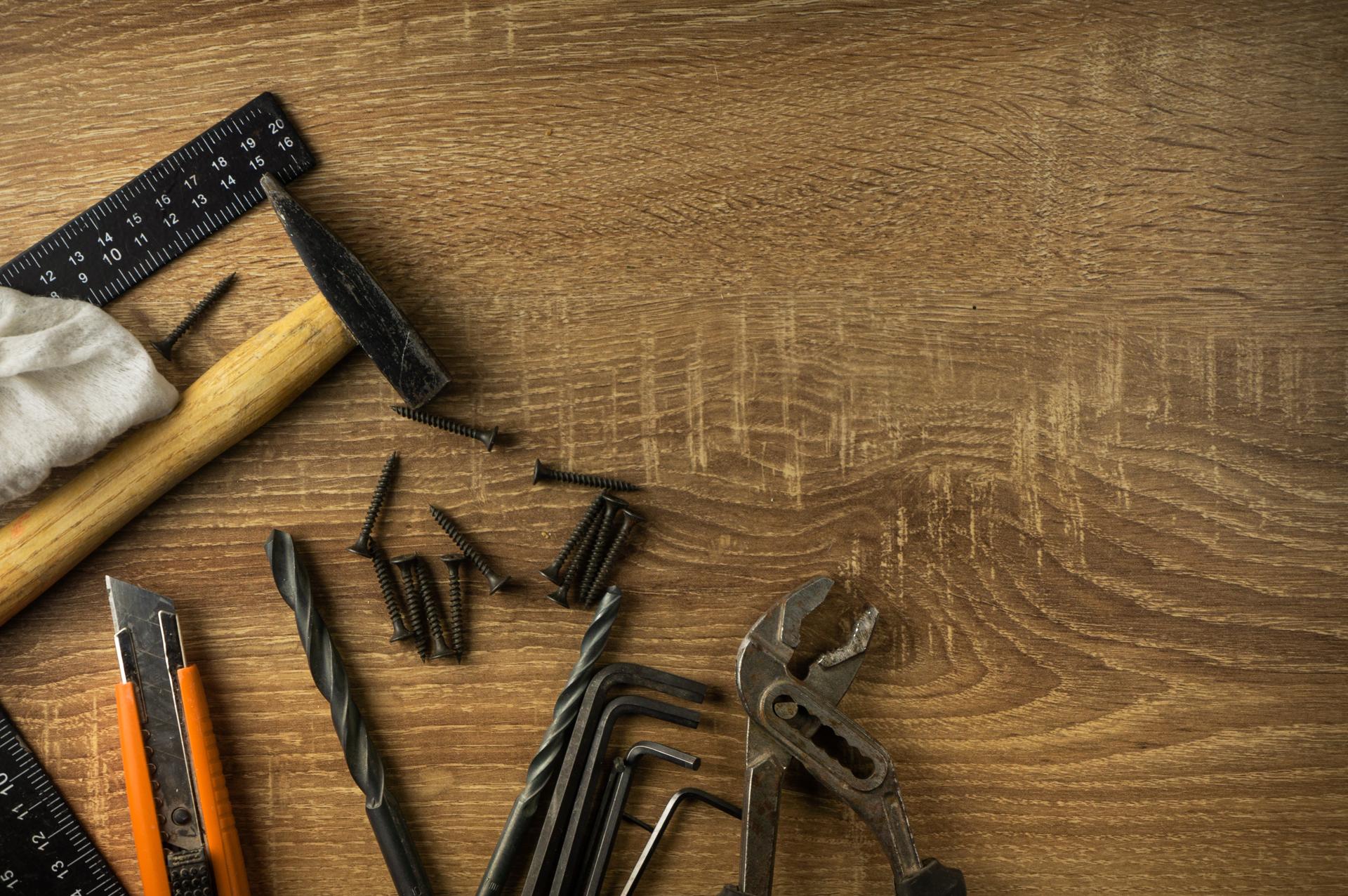A Step-by-Step Guide to DIY Plumbing: Fixing Common Issues at Home

The plumbing system is an integral component of every home. If they’re not properly maintained they could become a source of many problems that can lead to frustration and expensive repairs.
However, there are many benefits to learning how to resolve minor plumbing issues yourself, such as saving money and learning important abilities. This article we will discuss common plumbing issues and the DIY methods to fix these issues.
Common Plumbing Problems
Dripping Faucets
Dripping faucets aren’t just annoying, but they also use up a large volume of water during time. The most frequent cause for a dripping faucet is a worn washer or O-ring. To remedy this problem, turn off water to your faucet. Then, disassemble the handle, then replace the damaged washer or O-ring.
Running Toilets
A running toilet is a frequent plumbing problem that could cause water to be wasted. The most frequent reason is a defective flapper valve that isn’t sealing properly, allowing water flow from the tank into the bowl. To correct this problem, turn off your water source to the toilet. take off the tank lid, and alter or replace the valve that seals it.
Clogged Drains
Clogged drains can be caused by various things such as hair, soap, and food particles. To get rid of this problem you could try using a plunger or a drain snake to eliminate the blockage. You can also use a mixture of baking soda and vinegar to dissolve the clog.
Low Water Pressure
Low pressure water in the pipes could be due to a variety of factors such as mineral buildup within the pipes or a defective pressure regulator. To remedy this problem try cleaning the aerator or replacing the pressure regulator.
Tools required for DIY plumbing
To carry out DIY plumbing, you will require a few tools such as an adjustable wrench, a plunger, pipe wrench, Teflon tape and a screwdriver. The tools you have on hand will help you solve minor plumbing problems.
Tips to be Safe when doing your own plumbing
Security should be top of mind when performing any plumbing work that you do yourself. A few safety tips to consider include turning off the water supply before starting any repairs, wearing gloves and safety glasses, and keeping a first-aid kit on hand in the event in the event of an emergency.
DIY Plumbing Techniques
For fixing common plumbing problems it is necessary to learn a few DIY plumbing tips, like how to turn off the water supply or fix a dripping faucet, how to fix the issue of a toilet that is running, how to unclog the drain, and also ways to increase the pressure in your water. These techniques can save you time and money when it comes to minor plumbing repairs.
Conclusion
In the end, knowing how to repair minor plumbing problems yourself can be beneficial in numerous ways. Not only will it save you cash, it can also give you satisfaction and valuable skills. For more serious plumbing issues, it’s always best to call a professional plumber.
FAQ
Can I fix a plumbing problem myself?
Yes, you can repair minor plumbing issues yourself by learning basic plumbing skills.
Which are the top frequent plumbing problems?
The most frequently encountered plumbing problems are leaky faucets, running toilets blocked drains, and low pressure water.
What tools do I require for DIY plumbing?
You’ll need some indispensable tools like the plunger, an adjustable wrench pipe wrench Teflon tape, and the screwdriver.
Is DIY plumbing safe?
DIY plumbing can be safe if you follow safety guidelines and take proper precautions.
What is the best time to call a professional plumber?
You should contact a licensed plumber to address plumbing issues that require specialized equipment and knowledge.
